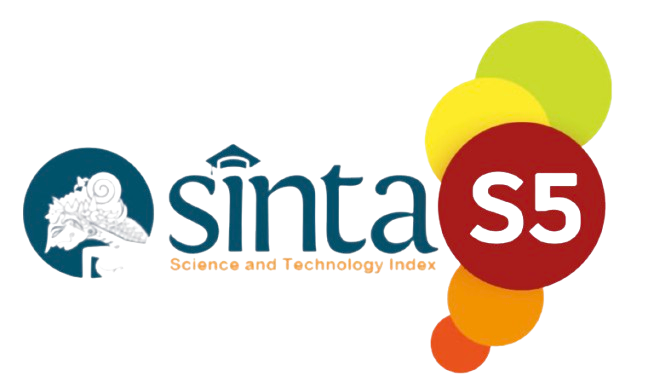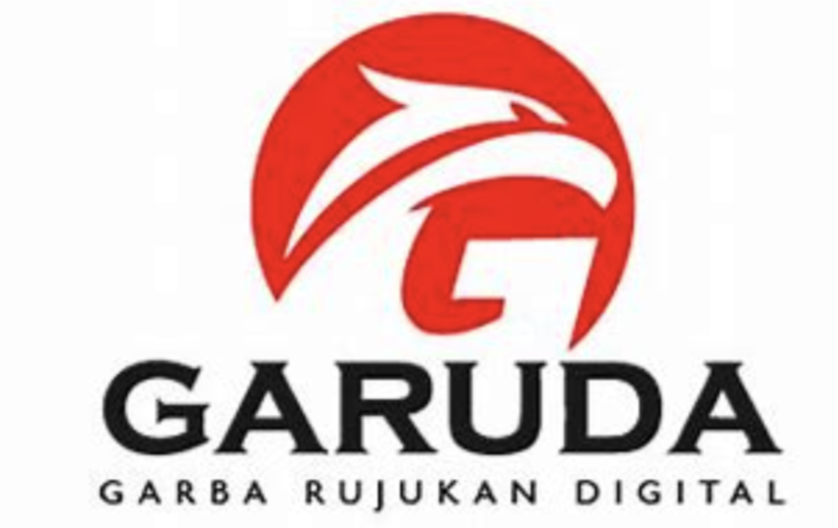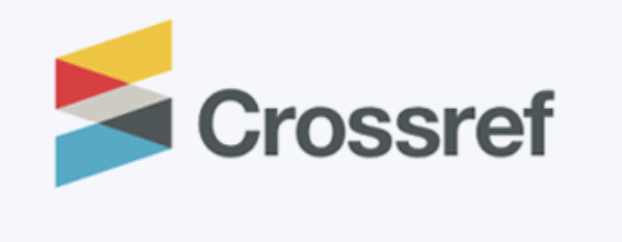The Symbolism in Sylvia Plath’s Poems
Keywords:
Symbol, Sylvia Plath’s PoemsAbstract
This study aims to analyze the symbols that Sylvia Plath used in her poems. Therefore, the objectives of the study can be stated as follow: to explore the symbolism in Sylvia Plath’s poems. The approach of this paper is to highlight the symbols which are frequently used by Sylvia Plath in her poems. The data analysis technique used is non-interactive with an emphasis on content analysis. According to the discussion, there are six symbols found such as colors (red, white, black, and pink). Women are also found as one of the symbols. Next, the use of natural objects such as water and the moon. Most of his poetry also uses religious symbols. Lastly, Sylvia Plath uses death as a symbol in her poetry.
References
Bălu, I. I. M. (2006). Romanian Symbolism: Text and Interpretation. Bucharest: Erc Press Publishing House.
Călinescu, G. (1982). History of the Romanian Literature from its Origins to the Present second edition. Bucharest: Minerva Publishing House.
Lovinescu, E. (1973). Writings, 4, History of the Contemporary Romanian Literature, edition by E. Simion. Bucharest: Minerva Publishing House.
Micu, D. (1984). Romanian Modernism, I, From Macedonski to Bacovia. Bucharest: Minerva Publishing House.
Mihuţ, I. (1976). Symbolism, Modernism, Avant-garde. Bucharest: Didactic and Pedagogic Publishing House.
Pedersen, E. G. (2015). Symbolism, the beginning of modern poetry. Romania: Procedia – Social and Behavioral Sciences.
Philippide, A. (1966). Studies on World Literature. Bucharest: Youth Publishing House.
Zafiu, R. (1996). Romanian Symbolistic Poetry. Bucharest: Humanitas Publishing House.













